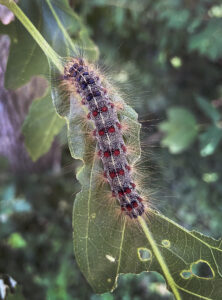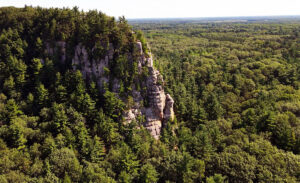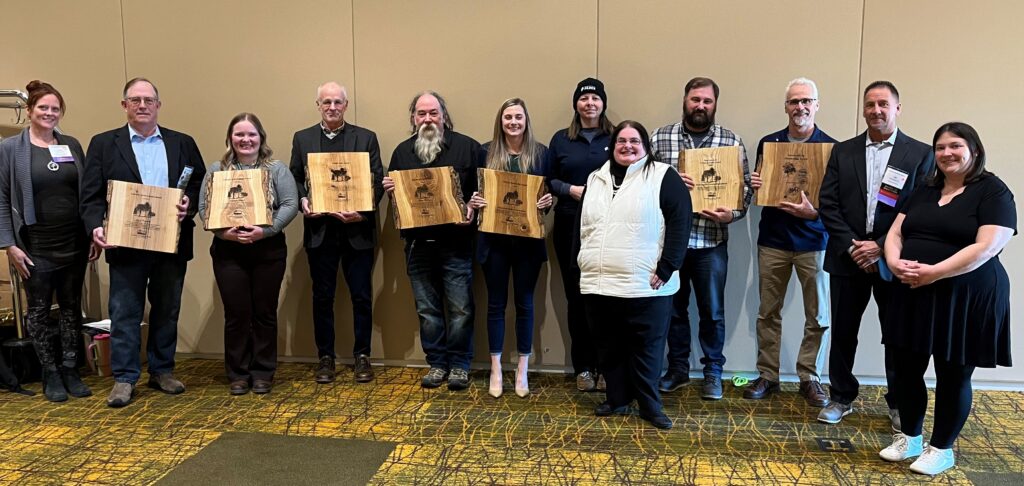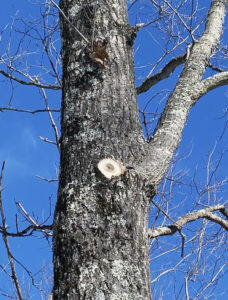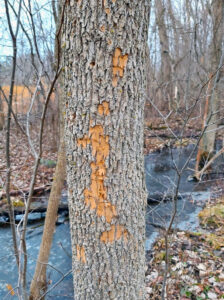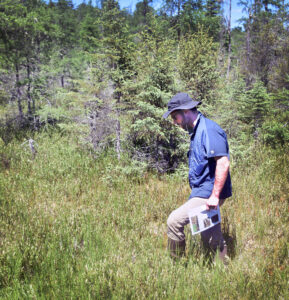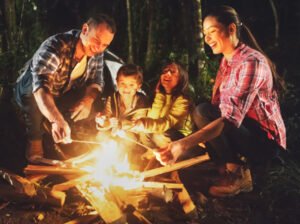
Going camping? It’s important to remember not to move firewood. Instead, buy it within 10 miles of where you will use it. This will help to prevent the spread of invasive pests. / Photo Credit: Istockphoto.com
By Wisconsin DNR
Camping season is about to enter full swing, and campfires are a Wisconsin summer staple.
That makes this a good time for the Wisconsin Department of Natural Resources (DNR) to remind the public of the importance of protecting Wisconsin’s forests and trees by not transporting firewood long distances.
Even after a tree has died, firewood can carry pests or diseases — on its surface or inside the log — which can attack or infect other trees. To help prevent the spread of invasive insects and diseases, always get your firewood near where you will use it.

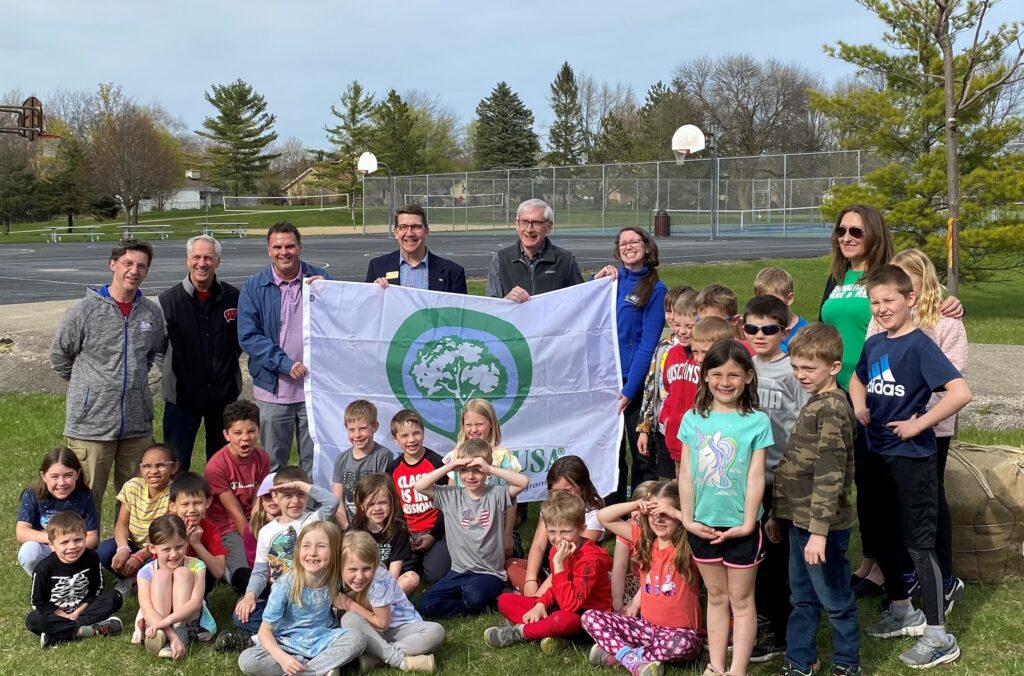 Arbor Day’s roots began in the late 1800s in Nebraska where, according to the Arbor Day Foundation, residents of Nebraska City felt a lack of trees in their community. The secretary of the Nebraska Territory at the time, J. Sterling Morton, proposed a statewide tree-planting holiday, and on April 10, 1872, the first Arbor Day was celebrated.
Arbor Day’s roots began in the late 1800s in Nebraska where, according to the Arbor Day Foundation, residents of Nebraska City felt a lack of trees in their community. The secretary of the Nebraska Territory at the time, J. Sterling Morton, proposed a statewide tree-planting holiday, and on April 10, 1872, the first Arbor Day was celebrated.  For the last few years, our urban forestry team has been writing social media posts for Wisconsin communities to post during Arbor Week. We encourage you to use social media to celebrate the many benefits of trees and inform the public about the importance of tree care.
For the last few years, our urban forestry team has been writing social media posts for Wisconsin communities to post during Arbor Week. We encourage you to use social media to celebrate the many benefits of trees and inform the public about the importance of tree care.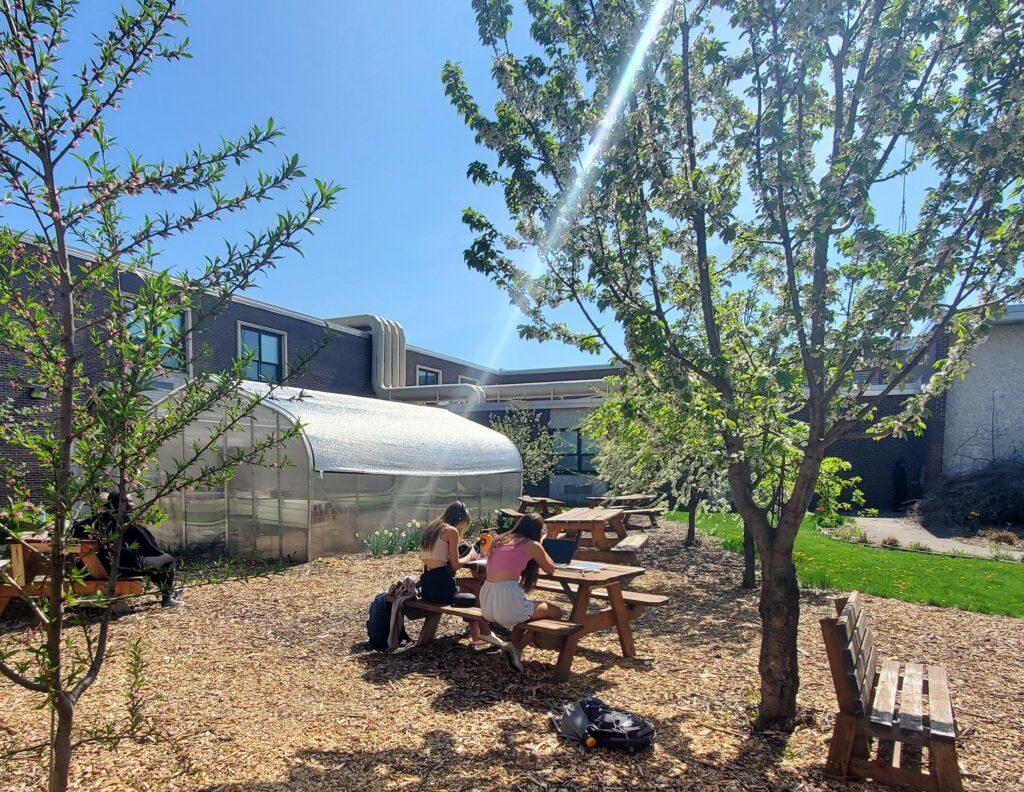 Schools that connect students to nature and trees can register as a Tree Campus K-12 site. This Arbor Day Foundation program recognizes schools that inspire the next generation through experiences with nature inside and outside of the classroom. Schools need to meet four program goals to qualify.
Schools that connect students to nature and trees can register as a Tree Campus K-12 site. This Arbor Day Foundation program recognizes schools that inspire the next generation through experiences with nature inside and outside of the classroom. Schools need to meet four program goals to qualify. 